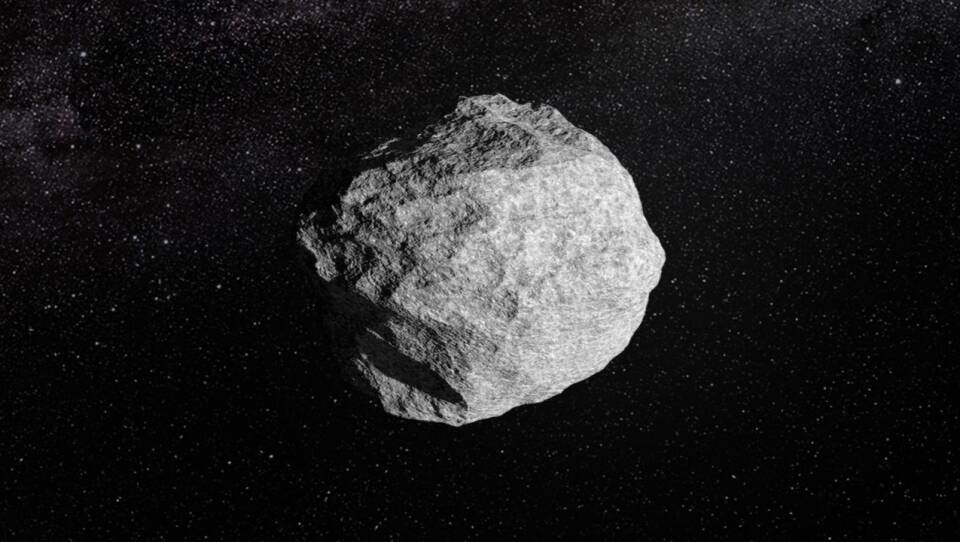Imagine you’re driving down a country road at 50 miles per hour. Up ahead is a crossing where a train is also approaching at 50 mph. What gets to the intersection first? That’s effectively the question astronomers are trying to answer about asteroid 2024 YR4 as it barrels through space toward Earth.
“We don’t really know how big it is. We only know how bright it is. And you have to make some guesses,” Kelly Beatty, senior editor of Sky & Telescope magazine, explained on Boston Public Radio Wednesday.
The hunk of space rock measures somewhere between 130 and 300 feet long, but its speed is unknown.
“It’s a matter of ‘does it hit early or late?’” Beatty said. Based on what astronomers do know, they estimate there is a 1.3% chance that it will hit Earth on Dec. 22, 2032.
The asteroid was first spotted Dec. 27, 2024, by NASA’s Asteroid Terrestrial-impact Last Alert System telescope in Rio Hurtado, Chile. The International Asteroid Warning Network issued a notification of potential impact in January, after the impact risk rose above 1%, according to the Center for Near Earth Object Studies.
However, experts say people don’t have a reason to lie awake at night worrying. This estimate also means there is almost a 99% chance that asteroid 2024 YR4 will not hit Earth.
Plus, it’s “not that big” as far as asteroids go, Beatty said. For reference, the asteroid that wiped out the dinosaurs was the size of a city or a mountain.
Still, according to the New York Times, it’s big enough that it could create a tsunami or destroy a city.
“If it hit on the State House on any given day, I’d want to be, you know, like in Virginia,” Beatty said.
The good news is that asteroid 2024 YR4's current path puts the potential collision over the equatorial region in the Atlantic Ocean, far from major population centers.





